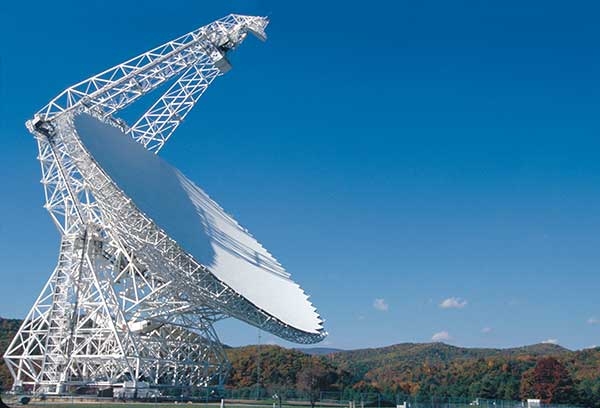Gravitational Waves: Hints, Allegations, and Things Left Unsaid

By Gabriel Popkin
APS April Meeting 2017 —
If the APS April Meeting 2016 was a champagne-soaked celebration for gravitational wave scientists, the 2017 meeting was more like spring training — there was lots of potential, but the real action is yet to come.
The Laser Interferometer Gravitational-Wave Observatory, or LIGO, launched the era of gravitational wave astronomy in February 2016 with the announcement of a collision between two black holes observed in September 2015. "I’m contractually obligated to show the slide [of the original detection] at any LIGO talk for at least another year," joked Jocelyn Read, a physicist at California State University, Fullerton, during her presentation at this year’s meeting.
The scientific collaboration that operates the two LIGO detectors netted a second merger between slightly smaller black holes on December 26, 2015. (A third "trigger" showed up in LIGO data on October 12, 2015, but ultimately did not meet the stringent "five-sigma" statistical significance standard that physicists generally insist on.)
See full text